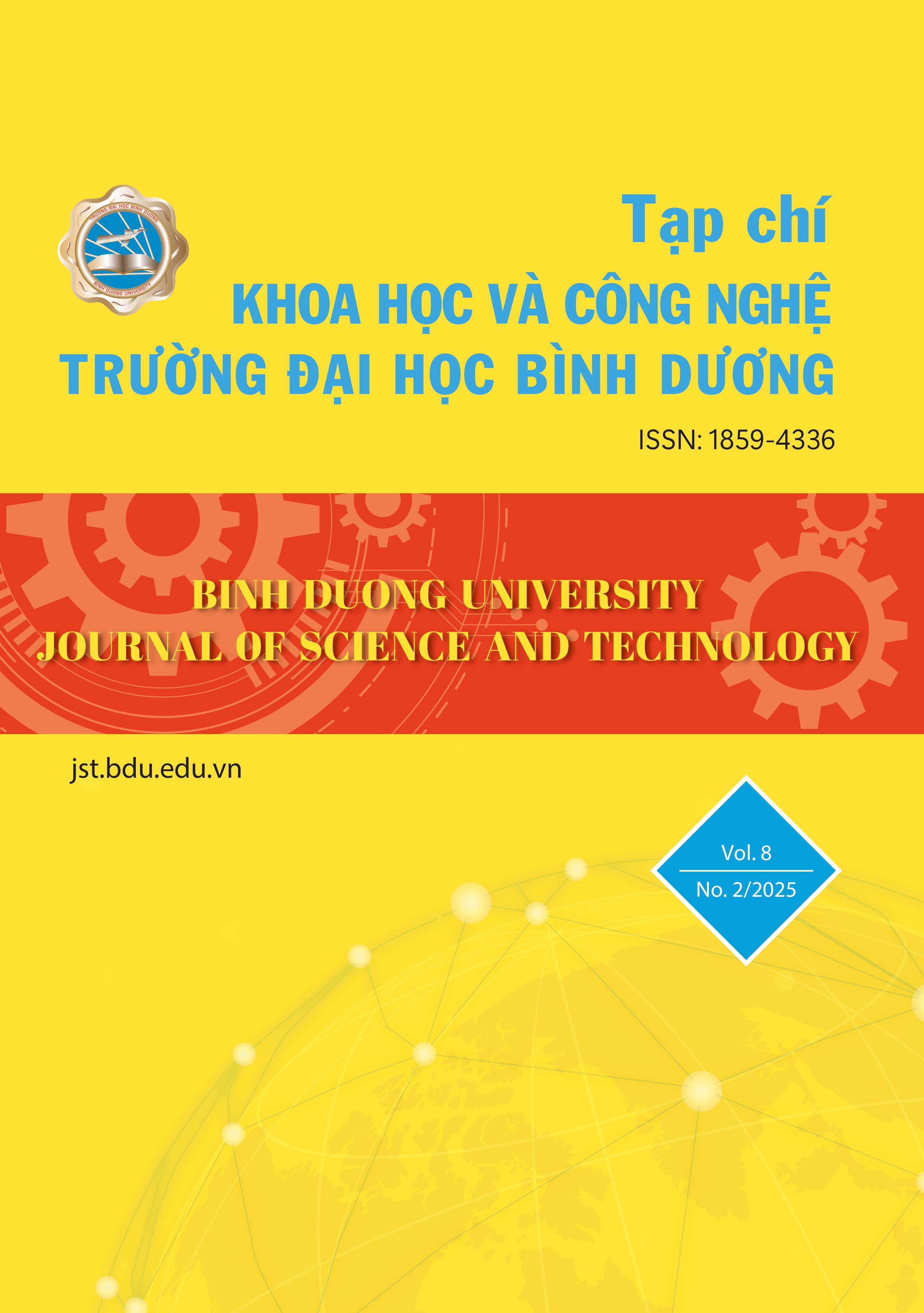Applying a hybrid RNN-LSTM model in forecasting Vietnam's GDP per capita
DOI:
https://doi.org/10.56097/binhduonguniversityjournalofscienceandtechnology.v8i2.309Keywords:
GDP bình quân đầu người; Mô hinh học máy; RNN-LSTMAbstract
Traditional GDP forecasting approaches often face limitations due to their reliance on statistical techniques that depend on economic survey data and the stationarity of time series, conditions which are challenging to meet in practice. Complex characteristics such as seasonality, sudden fluctuations, and external influences contribute to instability and low accuracy in these forecasting models. This study aims to propose a hybrid model combining RNN and LSTM to leverage the strengths of each approach, significantly improving the forecasting accuracy of per capita GDP in Vietnam. The research results indicate that the proposed RNN-LSTM hybrid model demonstrates robust generalization capabilities, providing stable predictions of per capita GDP based on macroeconomic variables. Its forecasting performance is significantly superior to CNN, RNN, and LSTM models.






